Traveling and exploring new destinations can be an exciting and enriching experience. However, for many individuals, it often involves long hours of walking and standing, which can take a toll on the feet.
Whether it is trekking through bustling cities, hiking through rugged terrain, or simply exploring new places on foot, our feet are subjected to constant strain and pressure. As a result, it is not uncommon for travelers to develop foot problems such as blisters, calluses, and even more serious issues like plantar fasciitis. While it is easy to neglect foot care during the excitement of travel, taking care of our feet is crucial for maintaining overall health and comfort.
Here, we will discuss the importance of maintaining healthy feet during travel and long periods of walking, as well as provide tips and strategies to help prevent and alleviate common foot problems.
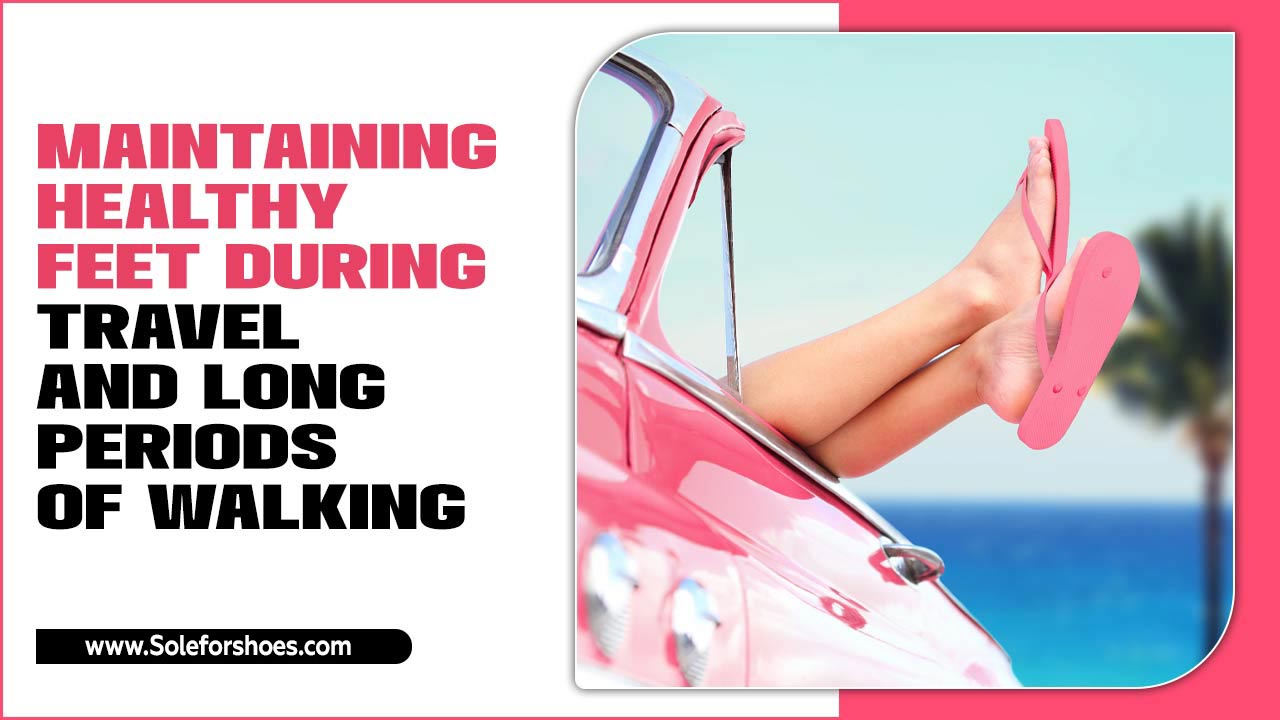
Discussion On Maintaining Healthy Feet During Travel And Long Periods Of Walking
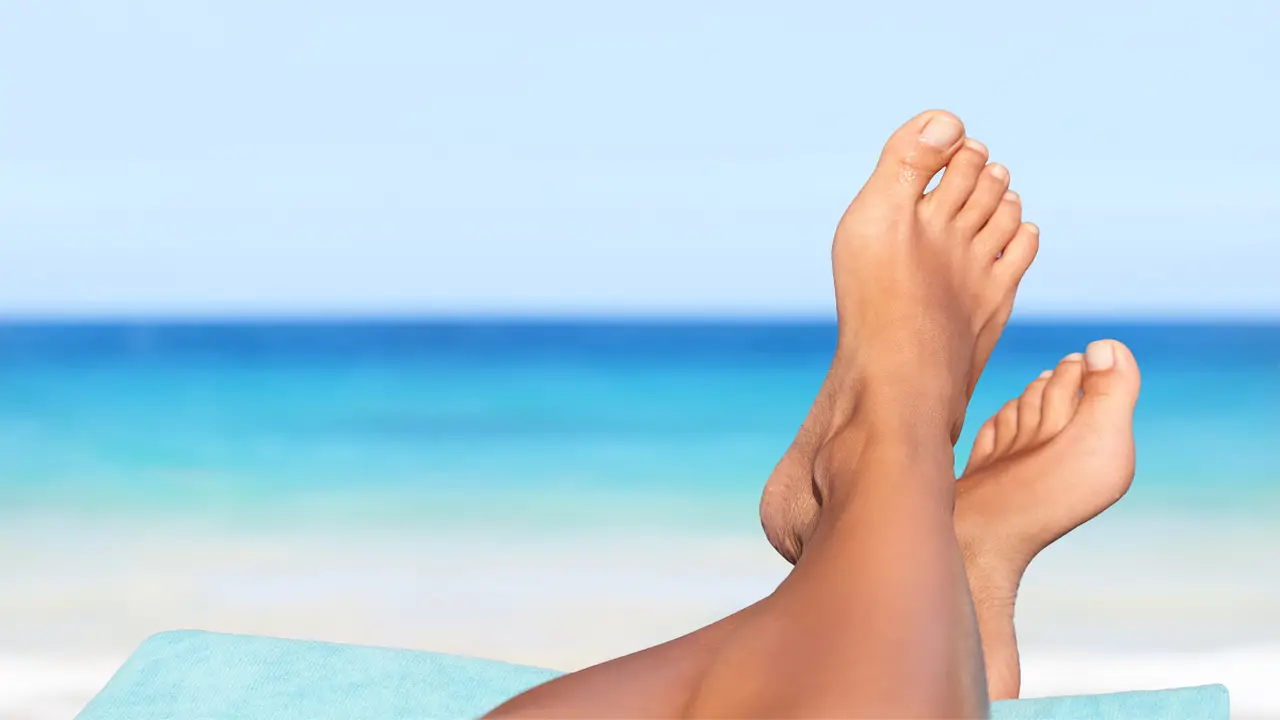
Maintaining healthy feet during travel and long periods of walking is essential to ensure overall well-being and prevent discomfort or injuries. The feet, being the foundation of the body, play a crucial role in providing support and mobility.
Consequently, neglecting foot care during extended periods of walking or while traveling can lead to various foot-related problems, such as blisters, calluses, and even more severe conditions like plantar fasciitis or stress fractures. Here are a few tips on maintaining healthy feet during-travel and long periods of walking.
1.Wear The Right Walking Boots
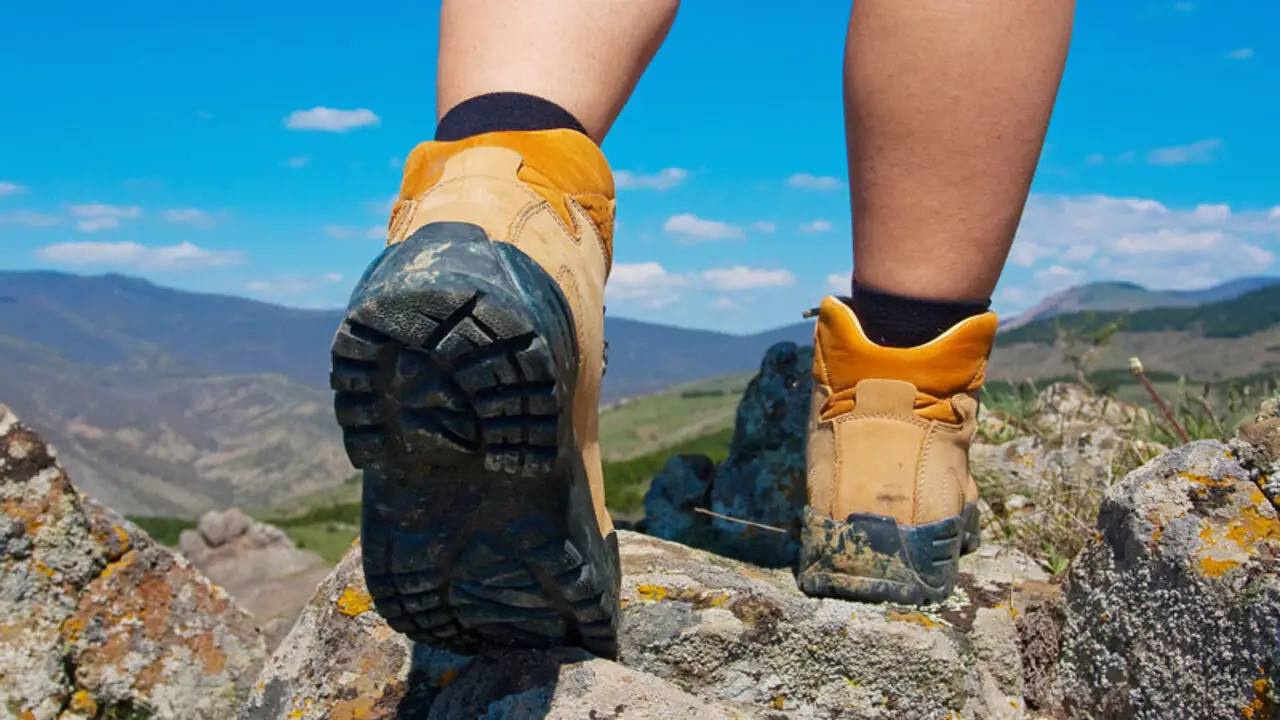
Wearing the right walking boots is crucial for maintaining healthy-feet during travel and long periods of walking. When choosing walking boots, it is important to consider factors such as support, comfort, and durability. Look for boots that provide ample arch support and cushioning to prevent foot fatigue and pain.
2.Wear The Right Socks
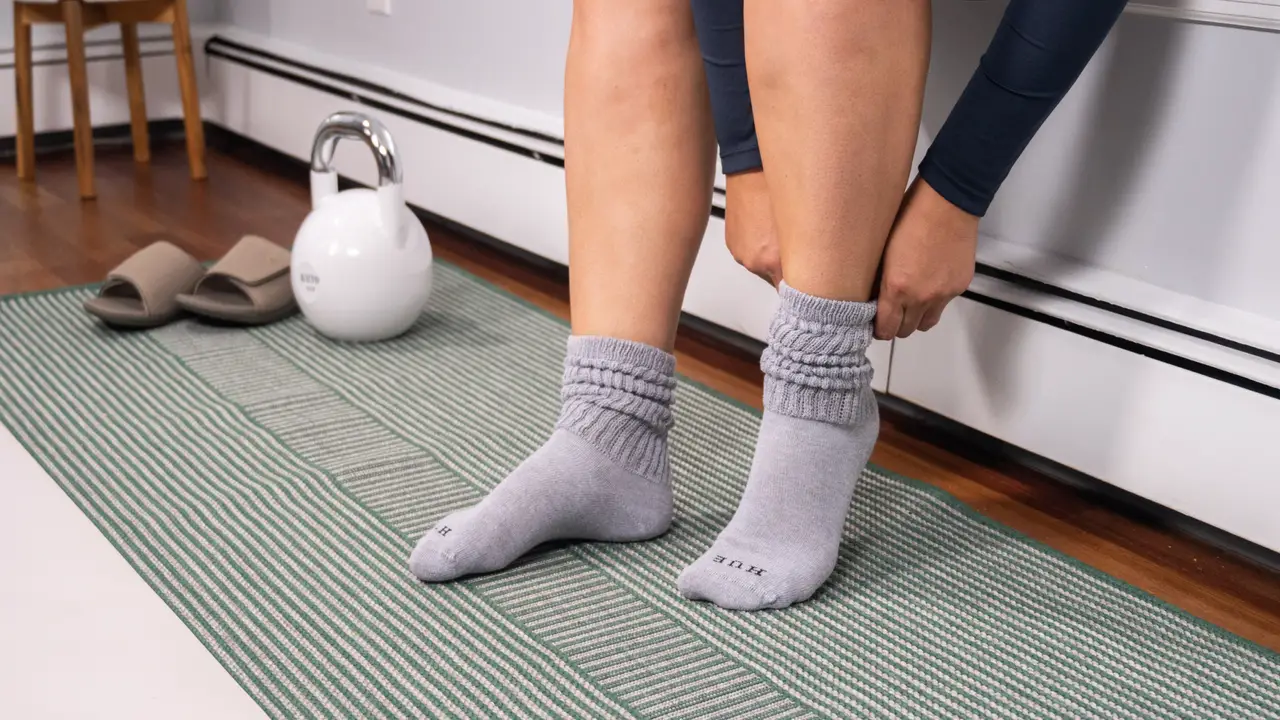
Wearing the right socks is crucial when it comes to maintaining healthy feet during-travel and long periods of walking. Opt for moisture-wicking socks made of breathable materials such as cotton or wool to keep your feet dry and prevent blisters. Avoid wearing tight or restrictive socks, as they can restrict blood flow and cause discomfort.
3.Use Tape On Pressure Points
One effective method for maintaining healthy feet-during travel and long periods of walking is to use tape on pressure points. Applying tape to areas of the feet that are prone to blisters or rubbing can help prevent discomfort and potential foot issues.
By creating a protective barrier, tape reduces friction and minimizes the chances of developing painful blisters. It is important to choose high-quality, breathable tape that will adhere well to the skin without irritating.
4.Clip Your Toenails
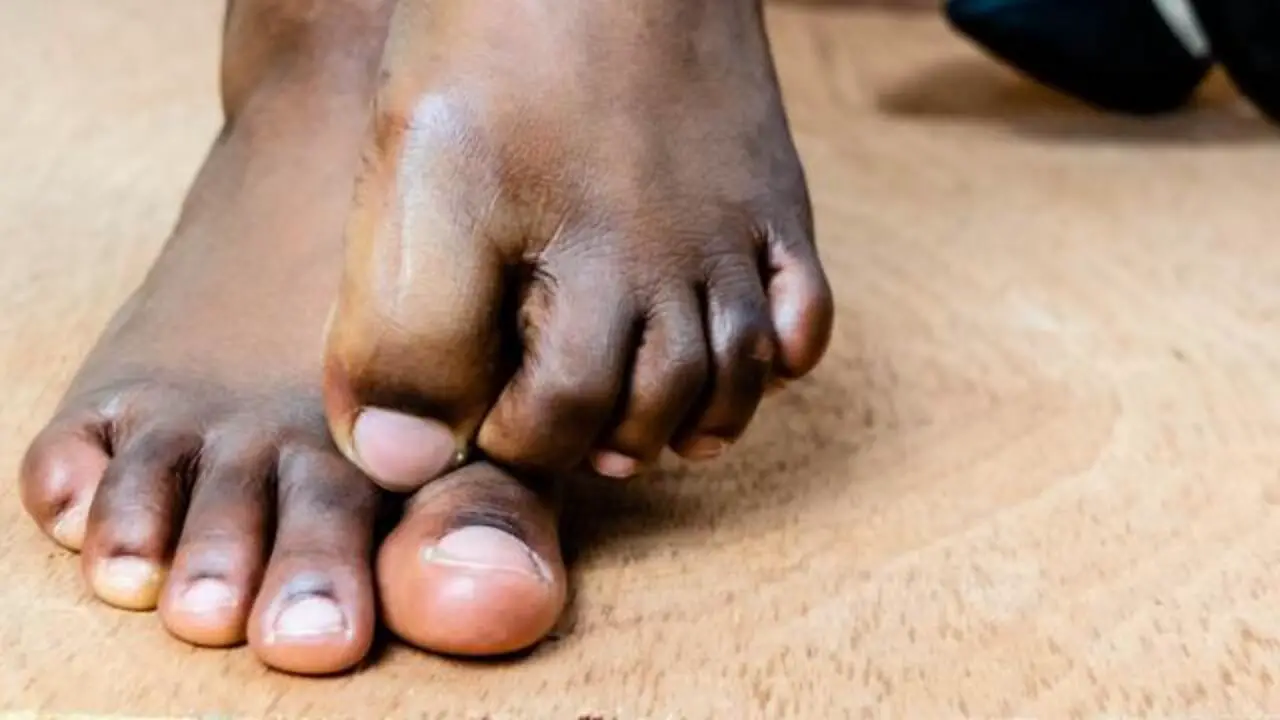
In addition to clipping your toenails, there are several other measures you can take to maintain healthy feet during travel and extended periods of walking. First and foremost, it is crucial to wear comfortable and supportive footwear that fits properly. Ill-fitting shoes can lead to blisters, calluses, and even foot pain. Therefore, invest in good-quality shoes with adequate arch support and cushioning.
5.Moisturise
Moisturizing is an essential aspect of maintaining healthy feet-during travel and long periods of walking. The constant movement and exposure to different environments can lead to dryness and cracking of the skin, causing discomfort and even pain. By regularly applying a good quality foot moisturizer, you can keep your feet well-hydrated and prevent the formation of calluses and blisters.
6.Treat Blisters Before They Get Too Bad
One significant aspect of maintaining healthy-feet during travel and long periods of walking is to treat blisters before they get too bad. Blisters can be incredibly painful and can hinder your ability to continue walking comfortably. To prevent blisters, it is crucial to wear well-fitting, comfortable shoes that provide ample support. It is also beneficial to wear moisture-wicking socks that help keep your feet dry and prevent friction.
7.Rest Your Feet When You Can
Resting your feet when you can is crucial for maintaining healthy-feet during travel and long periods of walking. Continuous walking or standing for extended periods can put excessive strain on your feet, leading to discomfort and potential foot problems.
By taking regular breaks to rest your feet, you allow them time to recover and prevent any further strain. Find a comfortable seating area or take advantage of benches or seating options available nearby. Use this time to elevate your feet and reduce any swelling.
Understanding Common Foot Problems While Traveling
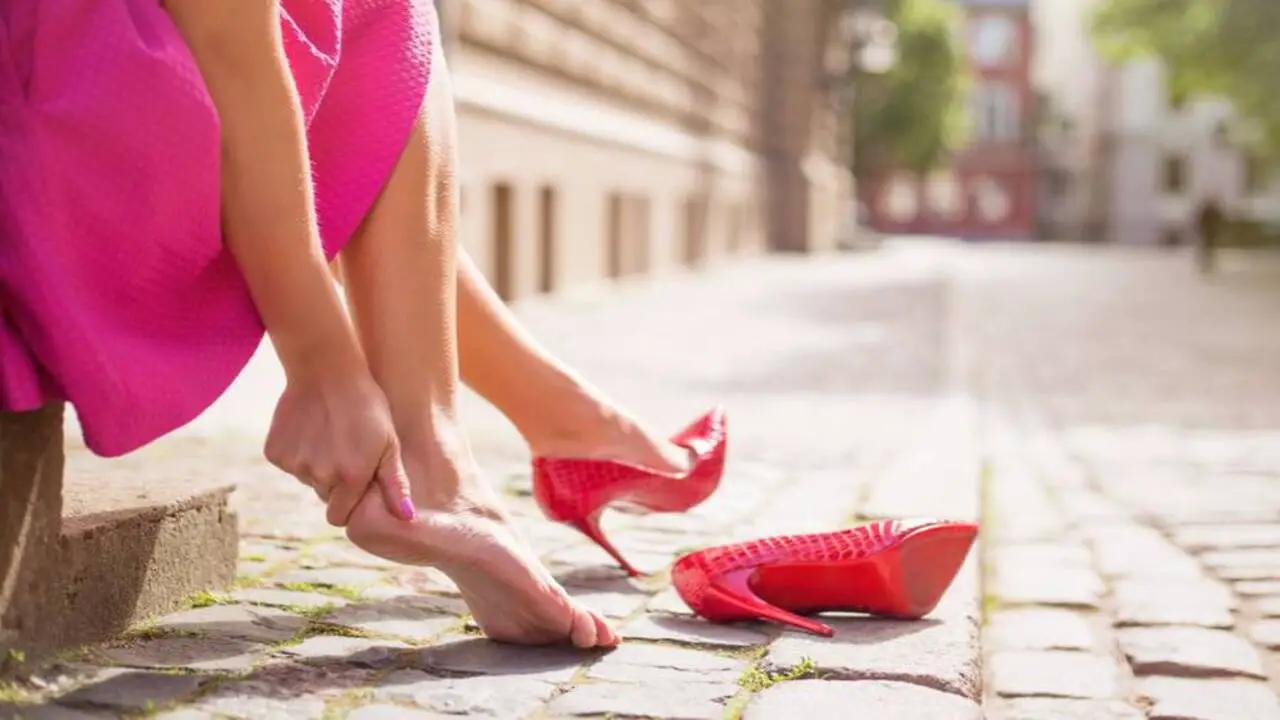
Understanding common foot problems while traveling is essential for maintaining overall health and well-being during a journey. Many individuals underestimate the impact that traveling can have on their feet, leading to discomfort, pain, and potential injuries.
Traveling can be an exciting and enriching experience, but it can also take a toll on your feet. Here are some common foot problems that travelers may encounter and how to prevent or manage them:
- Blisters: Blisters are fluid-filled pockets that form on the skin, typically caused by friction or pressure. To prevent blisters, make sure to wear comfortable and properly fitting shoes, and consider using blister pads or moleskin on areas prone to friction. If you do get a blister, keep it clean, apply an antibiotic ointment, and cover it with a bandage.
- Plantar Fasciitis: This is a condition that causes pain and inflammation in the heel or arch of the foot. To prevent plantar fasciitis, wear supportive shoes with good arch support and avoid walking barefoot on hard surfaces. Stretching exercises for the calves and feet can also help alleviate symptoms.
Choosing The Right Footwear For Travel
When planning for travel, one crucial aspect that often goes overlooked is the importance of selecting the right footwear. A well-chosen pair of shoes can greatly enhance the overall travel experience, providing comfort, support, and protection for the feet. Traveling, selecting the right footwear is essential for comfort, support, and overall enjoyment of your trip. Here are some key factors to consider when choosing the perfect travel shoes:
- Comfort: Opt for shoes that provide ample cushioning and support. Look for features like padded insoles and arch support to keep your feet comfortable, especially during long walks or hours of exploring.
- Versatility: Choose shoes that can be worn in various settings and with different outfits. This will help you pack light and save space in your luggage. Consider versatile options like sneakers, loafers, or sandals that can be dressed up or down.
- Breathability: Look for shoes made from breathable materials like mesh or leather. This will allow proper airflow, preventing your feet from getting sweaty and uncomfortable, especially in warm climates.
Packing Essentials For Foot Care On The Go
Maintaining foot care while on the go, it is important to be equipped with the necessary packing essentials. Whether embarking on a business trip or a vacation, ensuring the proper care and comfort of one’s feet should not be overlooked. The first and foremost essential item to pack is a pair of comfortable shoes. Here is some information on foot care during travel and long periods:
- Wear Comfortable And Supportive Shoes: Choose footwear that provides ample support and cushioning to prevent discomfort and foot fatigue during travel.
- Pack Blister Prevention Essentials: Bring moleskin or blister pads to protect your feet from friction and potential blisters. Apply them to any areas that are prone to rubbing or irritation.
- Keep Feet Clean And Dry: Moisture can promote the growth of bacteria and fungi, leading to foot odor and potential infections. Pack extra pairs of socks and use foot powders or sprays to help keep your feet dry and fresh.
- Stretch And Move Your Feet: Sitting for long periods during travel can cause swelling and stiffness in the feet. Take breaks to stretch and move your feet and ankles to improve circulation and reduce discomfort.
- Elevate your feet: If possible, elevate your feet while sitting or lying down to help reduce swelling and improve blood flow.
Proper Foot Care Routine For Travelers
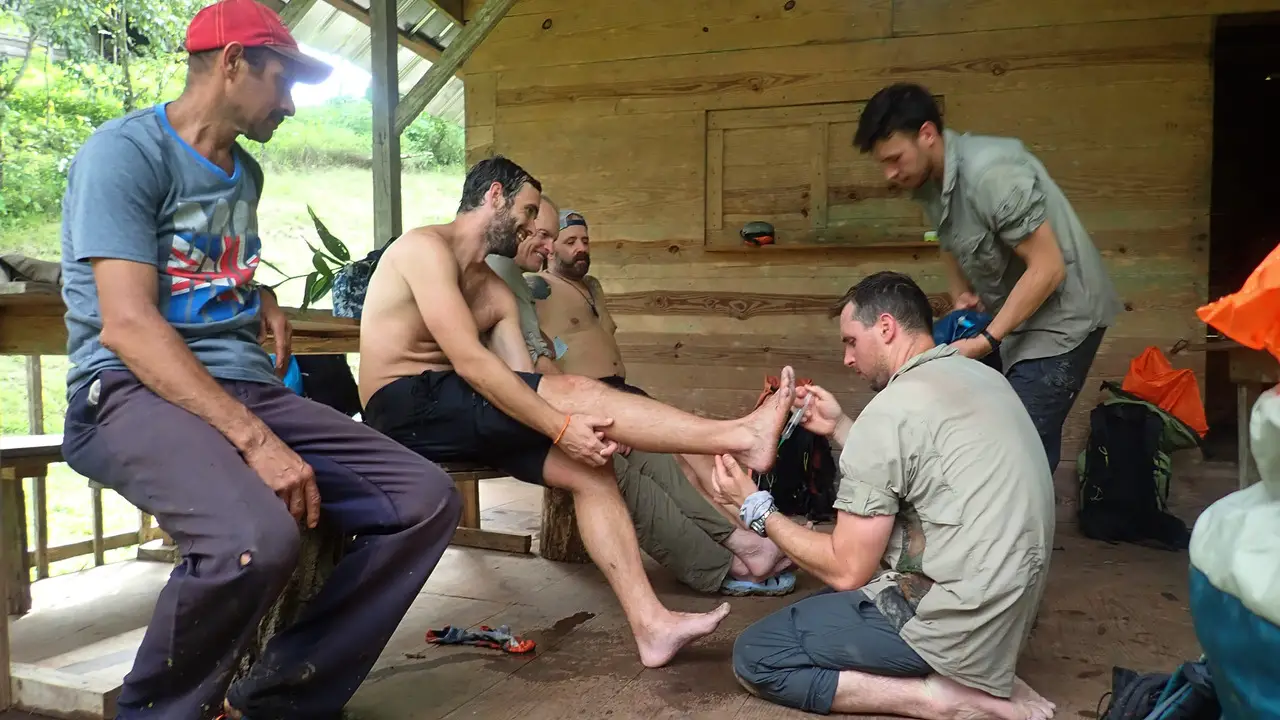
Proper foot care is essential for individuals who frequently travel, as the demands placed on the feet during extended periods of walking, standing, and exploring can lead to discomfort, pain, and even injury. Feet are often neglected during travel and long periods of activity, but taking care of them is essential for overall comfort and well-being. Here are some tips for a proper foot care routine for travelers:
- Choose footwear that provides adequate support and cushioning for your feet. Avoid tight or restrictive shoes that can cause discomfort and foot problems.
- Wash your feet daily with mild soap and lukewarm water. After washing, make sure to thoroughly dry your feet, especially between the toes, to prevent fungal infections.
- Apply a moisturizing cream or lotion to keep your feet hydrated and prevent dryness or cracking. Focus on the heels and other areas prone to dryness.
- Cut your toenails straight across and avoid cutting them too short. This helps prevent ingrown toenails and discomfort while walking.
Exercises And Stretches For Foot Health On The Road
This academic discourse aims to discuss various exercises and stretches that promote foot health for those who frequently travel. It is essential to prioritize foot health, as prolonged periods of sitting, walking, and standing during travel can lead to discomfort, pain, and potential foot-related complications.
When traveling or sitting for long periods, it is common for our feet to experience discomfort and fatigue. However, several exercises and stretches can help maintain foot health while on the road. Here are some tips:
- Ankle Circles: Sit comfortably and lift one foot off the ground. Rotate your ankle in a circular motion, both clockwise and counterclockwise. This exercise helps improve circulation and flexibility in the feet.
- Toe Raises: While seated, place your feet flat on the ground. Lift your toes off the floor while keeping your heels firmly planted. Hold for a few seconds, then lower your toes back down. Repeat this exercise several times to strengthen the muscles in your feet.
- Calf Stretches: Stand facing a wall and place your hands on it for support. Step back with one foot, keeping it straight and your heel on the ground. Bend your front knee and lean forward, stretching
Dealing With Blisters, Calluses, And Ingrown Toenails
Feet during travel and long periods can be subjected to various issues such as blisters, calluses, and ingrown toenails. Blisters occur when there is friction between the skin and footwear, leading to the formation of a fluid-filled pocket. To prevent blisters, it is essential to wear comfortable and properly fitting shoes. Applying moleskin or blister patches to areas prone to friction can also help.
Calluses are thickened areas of skin that develop as a result of repeated pressure or friction. To manage calluses, regularly moisturize the feet and use a pumice stone or foot file to exfoliate the affected areas gently. Wearing cushioned socks and shoes with adequate padding can also help prevent calluses.
Ingrown toenails occur when the edge of the toenail grows into the surrounding skin, causing pain and discomfort. To prevent ingrown toenails, trim the nails straight across and avoid cutting them too short.
Preventing And Managing Foot Pain And Fatigue
This academic discourse aims to discuss various exercises and stretches that promote foot health for those who frequently travel. It is essential to prioritize foot health, as prolonged periods of sitting, traveling or spending long periods on your feet, it is essential to take care of your feet to prevent pain and fatigue. Here are some tips to help you prevent and manage foot pain and fatigue during travel or extended periods of standing or walking:
- Choose shoes that provide adequate cushioning and arch support. Avoid high heels or shoes with flat soles, as they can strain your feet and lead to discomfort.
- If you’re on a long journey or standing for extended periods, take breaks whenever possible to relieve pressure on your feet. Use these breaks to stretch your feet and ankles, flexing and extending them to improve circulation and reduce fatigue.
- Regularly massaging your feet can help improve blood flow and reduce tension. You can use your hands or a tennis ball to roll under your feet.
Tips For Maintaining Healthy Feet On Long Walking Tours
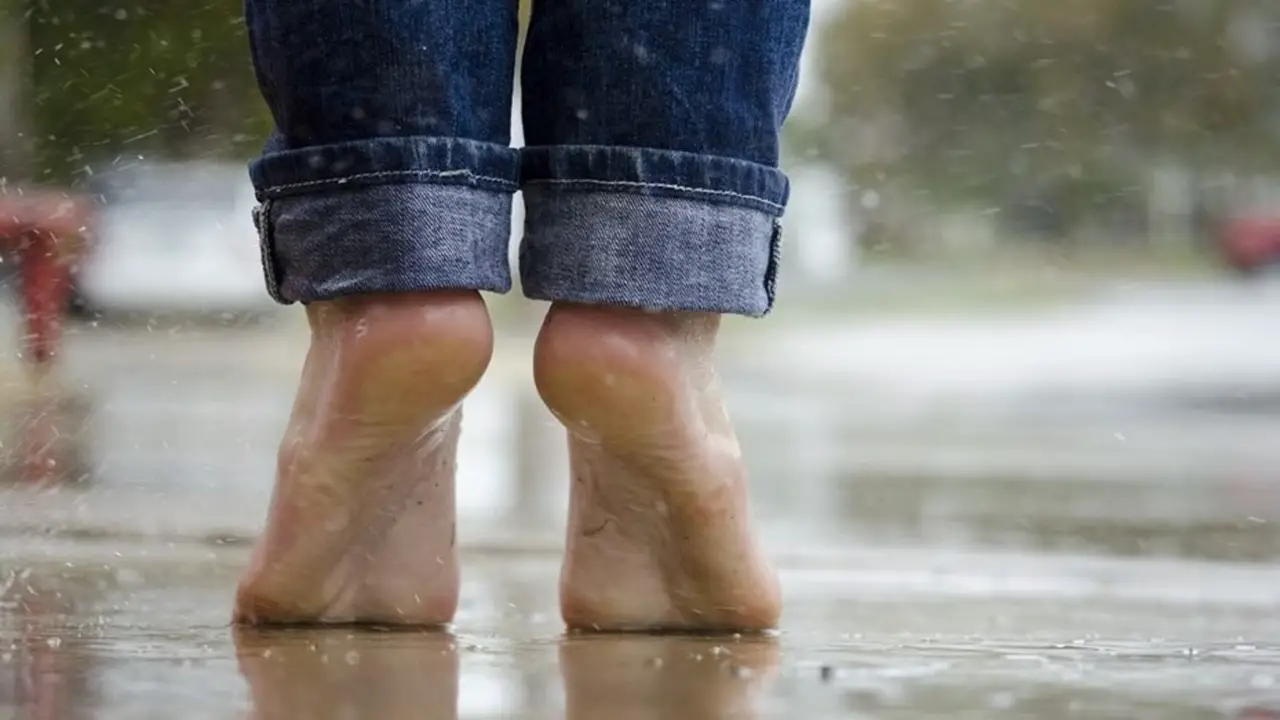
Maintaining healthy feet on long walking tours is crucial for ensuring an enjoyable and successful journey. Walking tours, often spanning several days and covering extensive distances, can put significant strain on the feet, leading to various foot-related issues if not properly cared for. In order to prevent discomfort and potential injuries, it is essential to adopt effective strategies to maintain optimal foot health.
- Wear comfortable and supportive footwear.
- Take breaks and rest your feet regularly
- Stretch your feet and calves before and after walking
- Keep your feet clean and dry to prevent blisters and infections
- Use cushioned insoles or arch supports for added comfort
- Trim your toenails regularly to avoid ingrown nails
- Apply moisturizer to keep your feet hydrated
- Avoid walking on uneven or rough surfaces as much as possible
- Listen to your body and stop if you feel any pain or discomfort in your feet
- Consider using walking poles for added stability and to distribute weight evenly.
Seeking Professional Help And Treatment Options
Seeking professional help and treatment options is an important step toward addressing mental health concerns. It is recommended to consult with a licensed mental health professional, such as a therapist or psychologist, who can provide guidance and support.
They can assess your specific needs and recommend appropriate treatment options, which may include therapy, medication, or a combination of both. Additionally, reaching out to support groups or organizations specializing in mental health can provide valuable resources and information. Remember, seeking help is a brave and proactive decision, and there are many resources available to support you on your journey toward better mental well-being.
Taking Care Of Your Feet After Travel
Maintaining healthy feet on long walking tours is crucial for ensuring an enjoyable and successful journey. Walking tours, often spanning several days and covering extensive distances, can put significant strain on the feet, leading to various foot-related issues if not properly cared for.
Taking care of your feet after travel is crucial to maintain their health and prevent any discomfort or issues that may arise from prolonged periods of standing or walking. Here are some tips to help you take care of your feet post-travel:
- Clean And Moisturize Your Feet: Start by washing your feet with warm water and mild soap to remove any dirt or sweat. After drying them thoroughly, apply a moisturizer to keep your skin hydrated and prevent dryness or cracking.
- Trim Your Toenails: Trim your toenails straight across to avoid ingrown toenails. Be careful not to cut them too short, as this can lead to pain and infection.
- Wear Comfortable Shoes: Give your feet a break by wearing comfortable, well-fitting shoes. Avoid tight or narrow shoes that can cause blisters or discomfort. Opt for shoes with good arch support and cushioning to provide adequate shock absorption.
Conclusion
Taking care of our feet is essential not only for our overall health but also for our ability to enjoy and fully engage in travel and other activities that involve long periods of walking. By following the tips and recommendations discussed in maintaining healthy feet during travel and long periods of walking, we can ensure that our feet stay healthy and pain-free, allowing us to make the most of our adventures and experiences.
It is also important to seek medical attention for any ongoing foot issues to ensure long-term foot health. Remember to listen to your body and address any discomfort or issues promptly to prevent further complications. With proper care and attention, our feet can continue to support us on our journeys, both physical and metaphorical.
FAQ
1.What Type Of Shoes Are Best For Long Periods Of Walking?
Ans: Comfortable and supportive shoes with cushioning and good arch support are best for long periods of walking. Look for shoes with breathable materials, a roomy toe box, and a secure fit to prevent blisters and discomfort.
2.What Can You Do To Prevent Blisters While Traveling?
Ans: To prevent blisters while traveling, make sure to wear comfortable and properly fitting shoes to minimize friction. Break in new shoes before your trip, and consider using moleskin or blister prevention patches on areas prone to rubbing. Moisturize your feet regularly to keep the skin hydrated and less prone to blistering.
3.How Often Should You Change Your Socks While Traveling?
Ans: It is recommended to change your socks daily while traveling to maintain proper hygiene and prevent foot odor and infections.
4.What Are Some Natural Remedies For Foot Pain?
Ans: Some natural remedies for foot pain include applying ice to reduce inflammation, soaking feet in warm water with Epsom salt to relieve muscle tension, massaging the feet with essential oils like peppermint or lavender, using over-the-counter arch supports or orthotic inserts to provide support, practicing gentle stretching exercises, wearing comfortable and supportive footwear, and elevating the feet to reduce swelling.
5.What Should You Do If You Develop A Foot Injury While Traveling?
Ans: If you develop a foot injury while traveling, it is important to address it promptly to prevent further complications. First, assess the severity of the injury and determine if it requires immediate medical attention. If it is a minor injury, rest and elevate your foot to reduce swelling.
Meet Millard Mar, the deputy manager turned footwear wordsmith at Sole Chronicles. With a passion for shoes and a knack for Insole Basics, Reviews, Foot Health, and Tips, SoleForShoes is your go-to guru for all things underfoot. Step into a world where style meets comfort, and let each post guide you on a journey through the fascinating realm of footwear.
